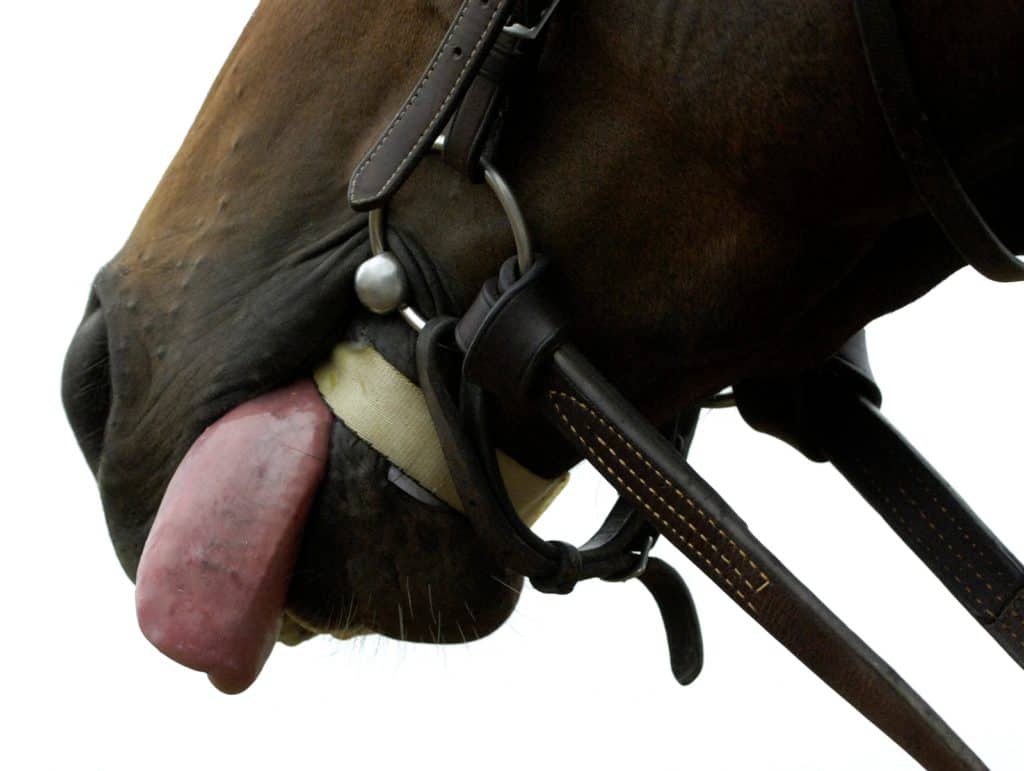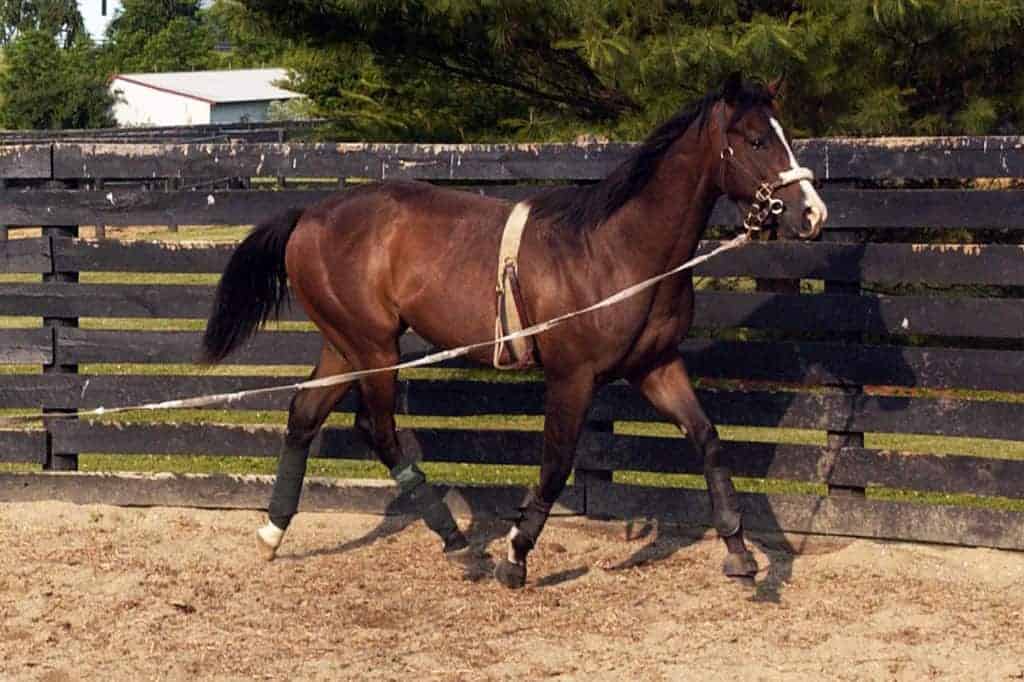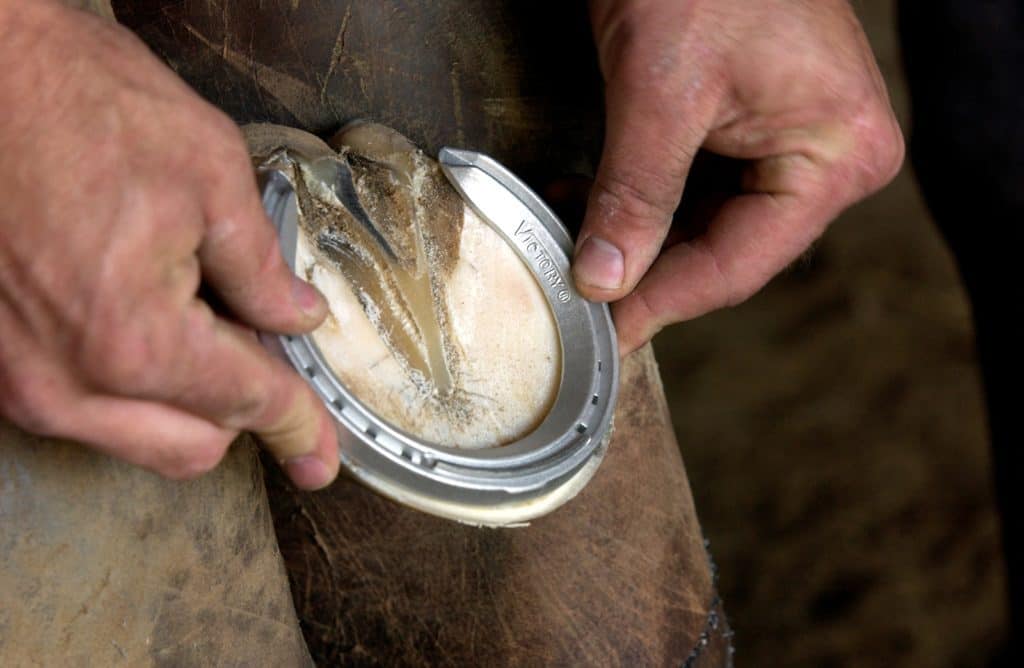New Bolton Center, TERF Announce Scholarships Awards
Two Penn Vet students received scholarships from the Thoroughbred Education and Research Foundation (TERF).
Two Penn Vet students received scholarships from the Thoroughbred Education and Research Foundation (TERF).
The award is open to all Thoroughbreds competing at the National Horse Show.

Study data showed the benefit of establishing strongyle egg counts to determine the need for treatment.

The BHA supports the introduction of a minimum standard for anabolic steroid across racing nations.
Washington’s Thoroughbred Showcase, featuring 30+ former racehorses, will be held Aug. 31 at Emerald Downs.
What could a recent Texas ruling about registering horse-clones with the AQHA mean for Thoroughbred breeders?
He was euthanized due to an inoperable mass in multiple sinus cavities and around his optic nerves.

Dr. Scott Palmer explains how vital signs are used to monitor racehorses during and after training.

The number and severity of lesions present could impact a horse’s future racing performance.

Dr. Scott Palmer explains why some racehorses wear tongue ties and why this equipment is important.
The facilities are now able to receive financial support from the TAA for the care of retired Thoroughbreds.

Vets evaluated the potential application of dynamic endoscopy when examining Thoroughbred yearlings.

Dr. Larry Bramlage, AAEP On Call veterinarian, describes his role of relaying information from treating vets to the media.

Dr. Larry Bramlage describes the evolution of the AAEP On Call Program for large horse races such as the Kentucky Derby.

Dr. Scott Palmer describes some common racehorse shoeing techniques.

Storm Cat was euthanized April 24 due to complications from infirmities of old age.
Stay on top of the most recent Horse Health news with
"*" indicates required fields